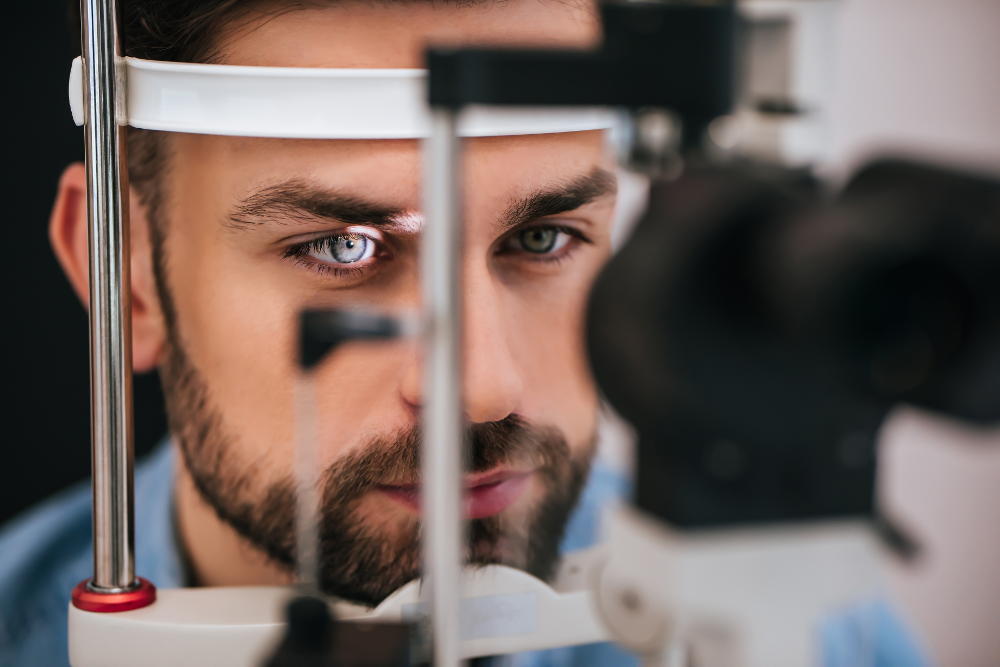
There was a somewhat recent article in Medical News Today titled “Could the eyes predict cardiovascular risk?”
When I saw that headline, I thought to myself, “Well obviously.”
But that’s not really obvious to other doctors or patients. Most non-eye doctors aren’t really aware that high blood pressure or heart disease can have major effects on patient’s vision and eye health.
Let me give you an example of what can walk through the door on any given day for us. I don’t have a specific patient in mind, but more a combination of several that I have seen over the last few years. Let’s say a patient in their 40’s walks through the door. They’re here to update their glasses prescription and pick out a new style. Otherwise, they only mention blurry vision at distance and near and no other symptoms.
Before they see me, they are working with one of our technicians who is doing our pre-testing. This testing includes measurement of blood pressure. The blood pressure cuff measures them at 160/100 mm Hg (for reference below 120/80 mm Hg is considered normal).
When I dilate their eyes, I am looking at the retina where all the blood vessels are found. I can actually see bare blood vessels that are not covered by skin. These vessels are incredibly sensitive to changes in blood pressure and blood sugar. In this patient’s case, we see some mild changes where the arteries are looking thinner. There are a few small areas where blood has leaked out of the arteries and is sitting within the retinal tissue.
We’ve just found a problem that our patient never knew they had. This is an all too common occurrence as many things have no symptoms unless they’re severe. This sort of thing happens all the time with other conditions like glaucoma, cataracts, diabetes, and many other conditions.
Cases like these are one of the biggest reasons it’s important to come in for annual eye examinations. The eyes are the window to the body. There are so many things that can show up in the eye before we have symptoms elsewhere.
In the past two months alone, I have had over 10 patients I have had to recommend to see their primary care provider (if they have one!) within 1-2 weeks in order to evaluate their blood pressure.
The fact is, many of us are busy and scheduling that appointment to see your doctor for a routine physical is one of those things that can wait, right? Except when it can’t and you wind up with a major problem that will take longer to fix. I always tell patients, “preventative medicine is less expensive than waiting until the problem is out of control!”
